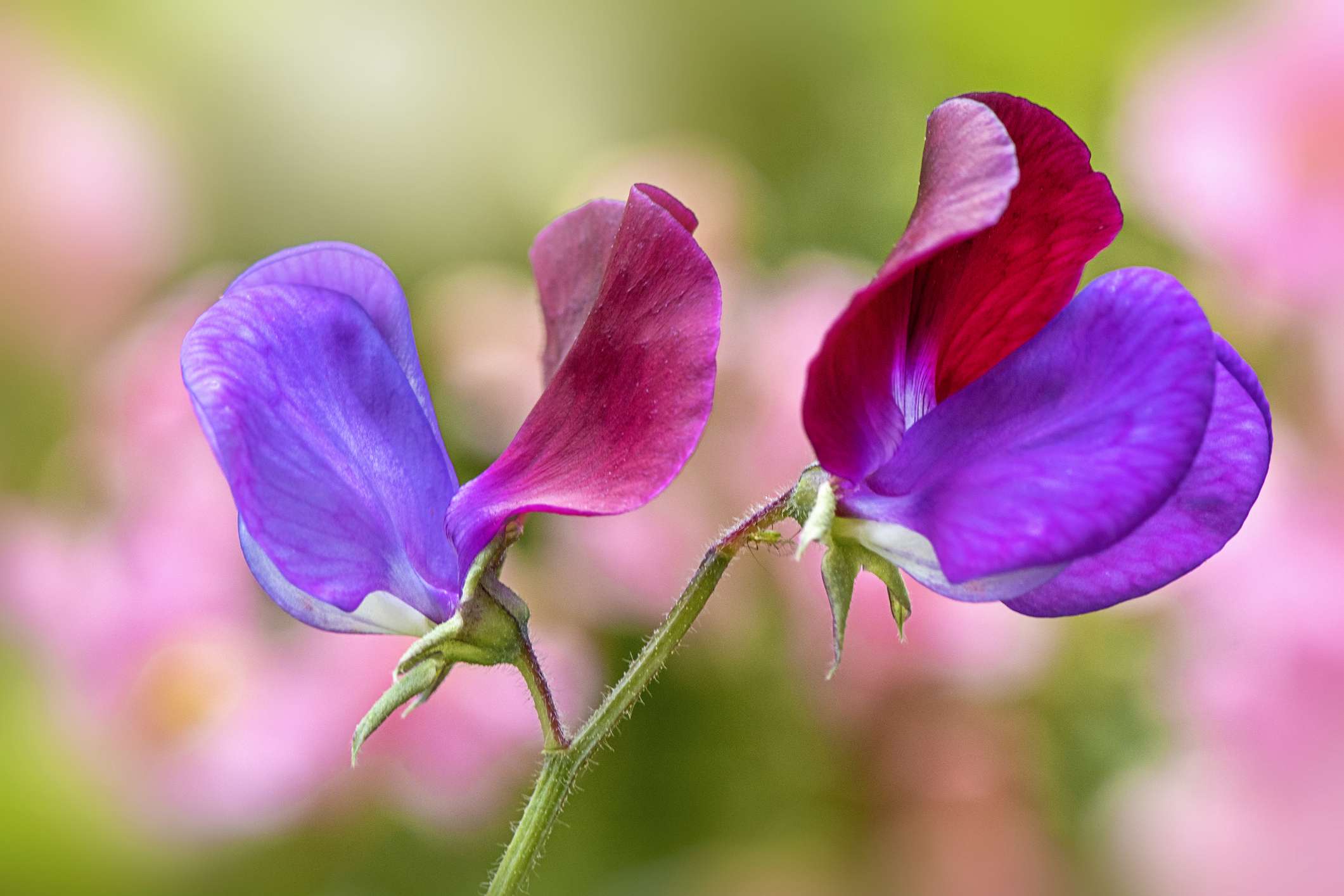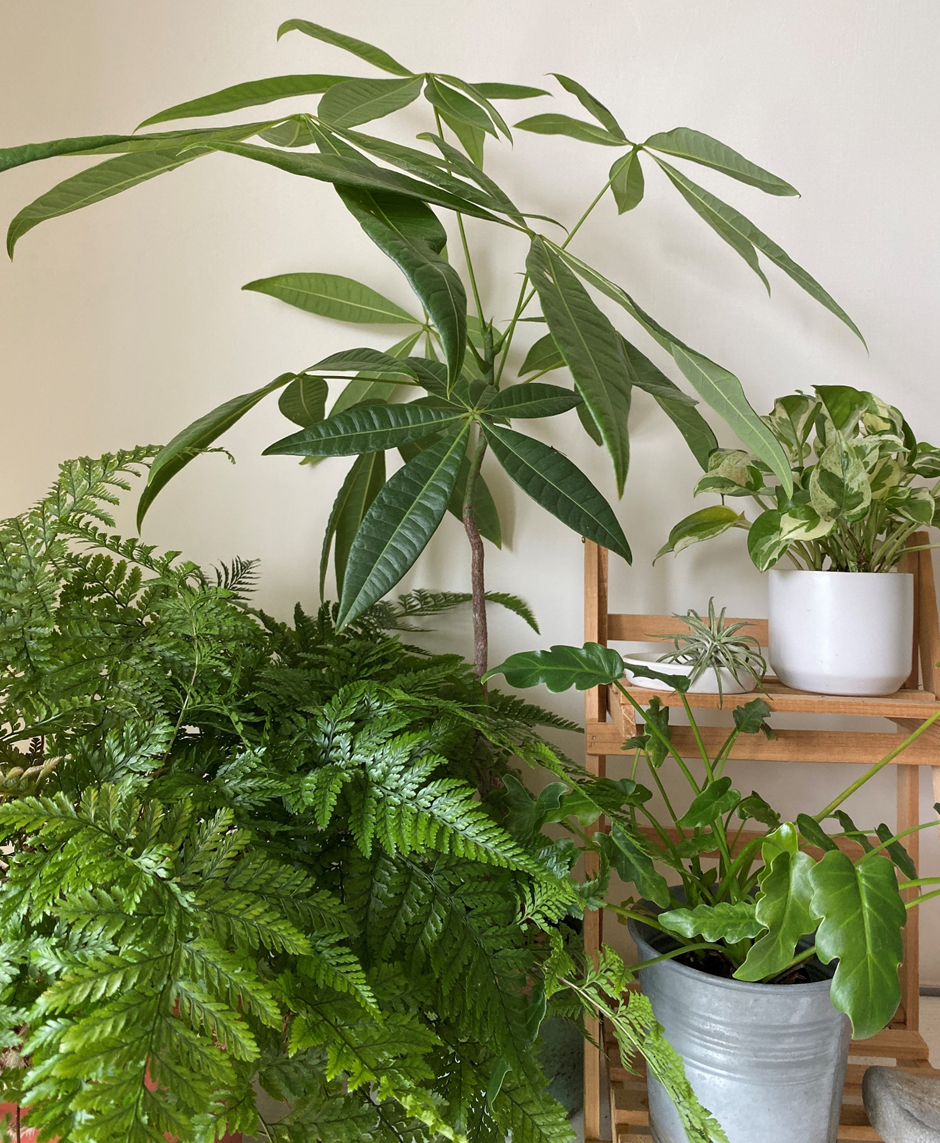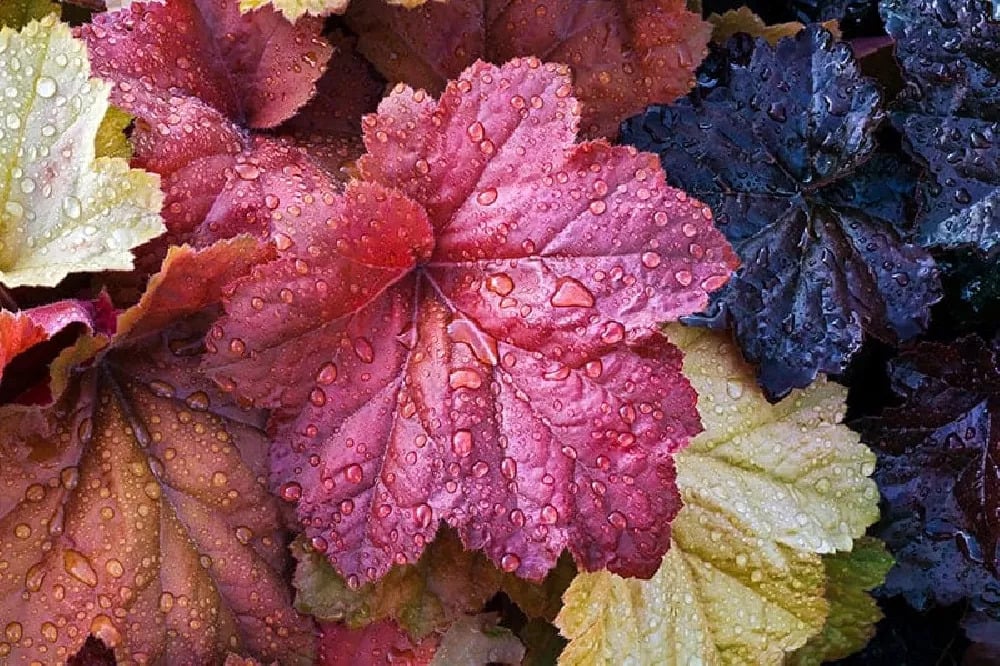Growing and Caring for Freesias: The Ultimate Guide
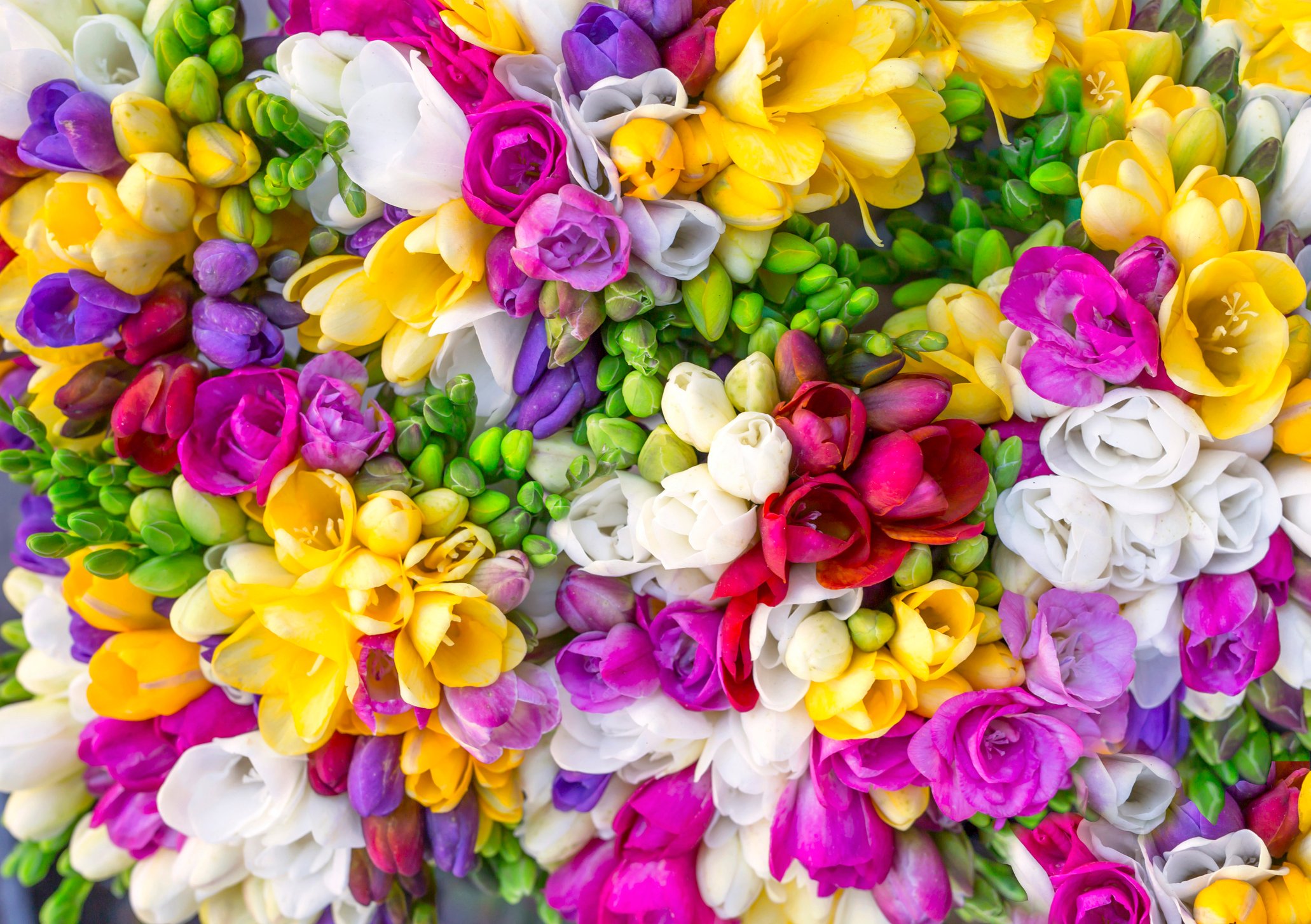
Table of Contents
Freesia, a perennial plant native to South Africa, is often used for bouquets and decorations as they have colourful flowers and aesthetic leaves. They often come in white, red, pink, lavender, purple, orange or even bicolours. An interesting fact about them is that these plants were named by the Botanist Christian Ecklon, and he chose his loyal friend’s name. This is the reason why these plants symbolise friendship, loyalty, purity, love and thoughtfulness!
They belong to the family Iridaceae, and the flowers have a lemony or fruity scent. Due to their unique appearance, they are often grown as ornamental plants as well. The 2 major species grown often are Freesia refracta which produces yellowish-white flowers, and Freesia armstrongii, which has striking rose-purple flowers. Such elegant flowers are easy to grow and will make a great addition to your garden. Follow these steps to grow these spectacular flowering plants!
Characteristics of Freesia
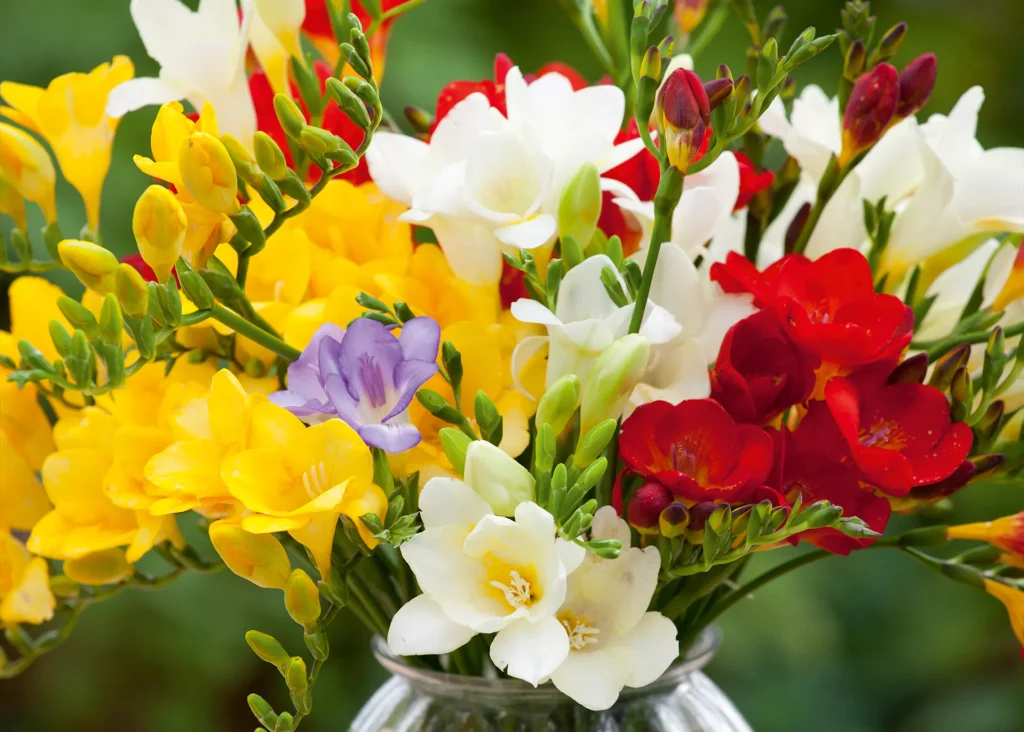
The stems of these plants can grow up to 30 cm and can produce around 6 to 12 blossoms. The flowers grow on the same side of the stem, and they all grow from the same central stalk, which has thin, sword-shaped leaves. They come in a variety of colours, where each has a special meaning, and there are about 1400 cultivars (varieties produced through breeding). The flowers may be around 2 to 4 cm in size. These plants grow up to 30 cm in height and 15 to 30 cm in spread.
Freesias can be exposed to full, direct sunlight or can adapt to partial sunlight exposure also. They grow best in soil that is moist but well-drained. They bloom during spring and summer, and they have a hardiness rating of H2 or H3. Although they have a low hardiness rating, they can grow well even in harsh weather conditions if they are given some extra care. They can be grown in small spaces in containers as they don’t have a large spread. They grow from corms that look like bulbs. These can be collected and planted again.
Step 1: How to Grow Freesia
You can plant them from January to October for ideal growth, and they should start blooming in about 110 to 120 days. One tip is to grow different colours together so that when they all start flowering, you can have a colourful set. Or growing the same colours together also makes for a stunning display in your garden or window sills. The idea is to plan the colours before planting so that we can grow aesthetic Freesias!
1. Planting Them Outdoors
The corms present in the plant are bulb-like structures from which Freesias are grown. They can be bought or prepared. If the corms are unprepared, then they can be planted during spring. These may grow well in little or no frost conditions. If the corms are prepared, then it means that they have been heat treated. Therefore, if they can be grown, they will produce flowers earlier than untreated ones. Make a hole of 5cm in the soil in a sunny spot in the ground and place these corns. Then fill it up with another layer of soil. As you are growing the outdoors, planting from April to June is ideal.
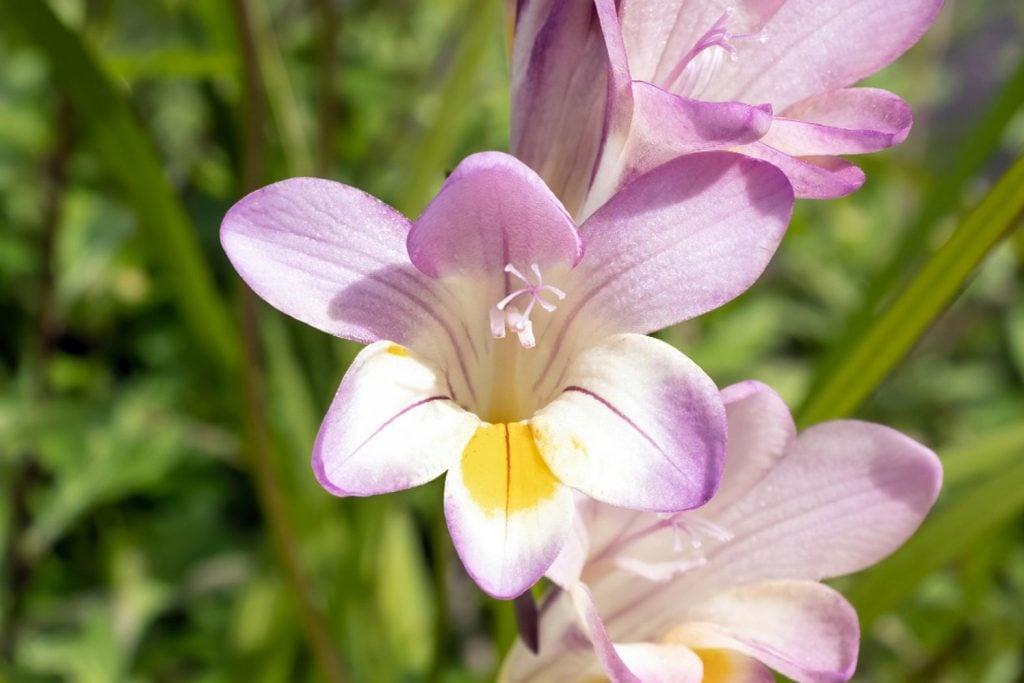
2. Indoor or Greenhouse Planting
You can plant them in containers during October, which is the ideal time. If you plant them around this time, they will produce flowers for four or five weeks during their blooming season. The pots or containers need to be deep as they have tall taproots. You can put compost in the containers and place the corms 5 to 8 cm apart. The corm tips should be just above the compost. Make sure to keep them at a low temperature (around 5 degrees Celcius) location where they can get good ventilation and sunlight. Since you are growing them indoors, the ideal growth time is during January and March.

Step -2: Caring Tips for Freesia
1. Temperature
These plants prefer a cooler temperature. In warm ones, although they can manage, they will do so by reducing the number of blooms and leaves. Therefore once the plant is about 2 to 5 cm, you need to strike a balance between sunlight exposure and temperature needs. Move them to a sunny spot and make sure that the temperature is less than 21 degree Celsius for good growth.

2. Watering Needs
You can water them regularly as they are growing. If the foliage starts to wilt or fall and if the flowers start to turn brown, then you need to stop watering. If this happens, it will take at least 8 months for the growth to come back to normal patterns.
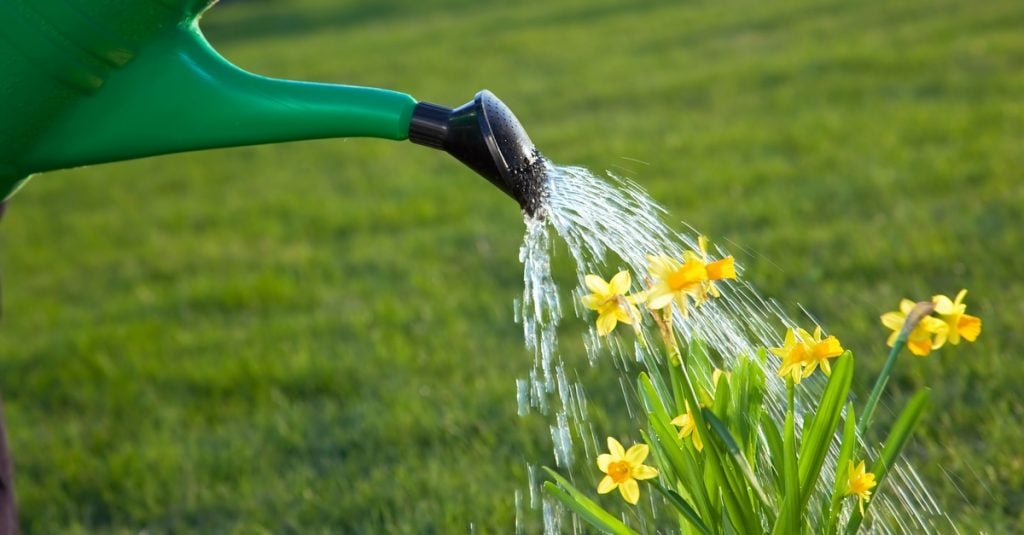
3. Staking
This refers to the process of providing external support to plants that cannot stand upright. You can do this by using bamboo sticks or wire, which are commonly called stakes. Since Freesias have thin stems, they might not stand upright on their own. You need to do staking to help it stand. You can insert the stake next to the corm as you plant it. You can tie the foliage as it starts falling but make sure to tie it loosely.
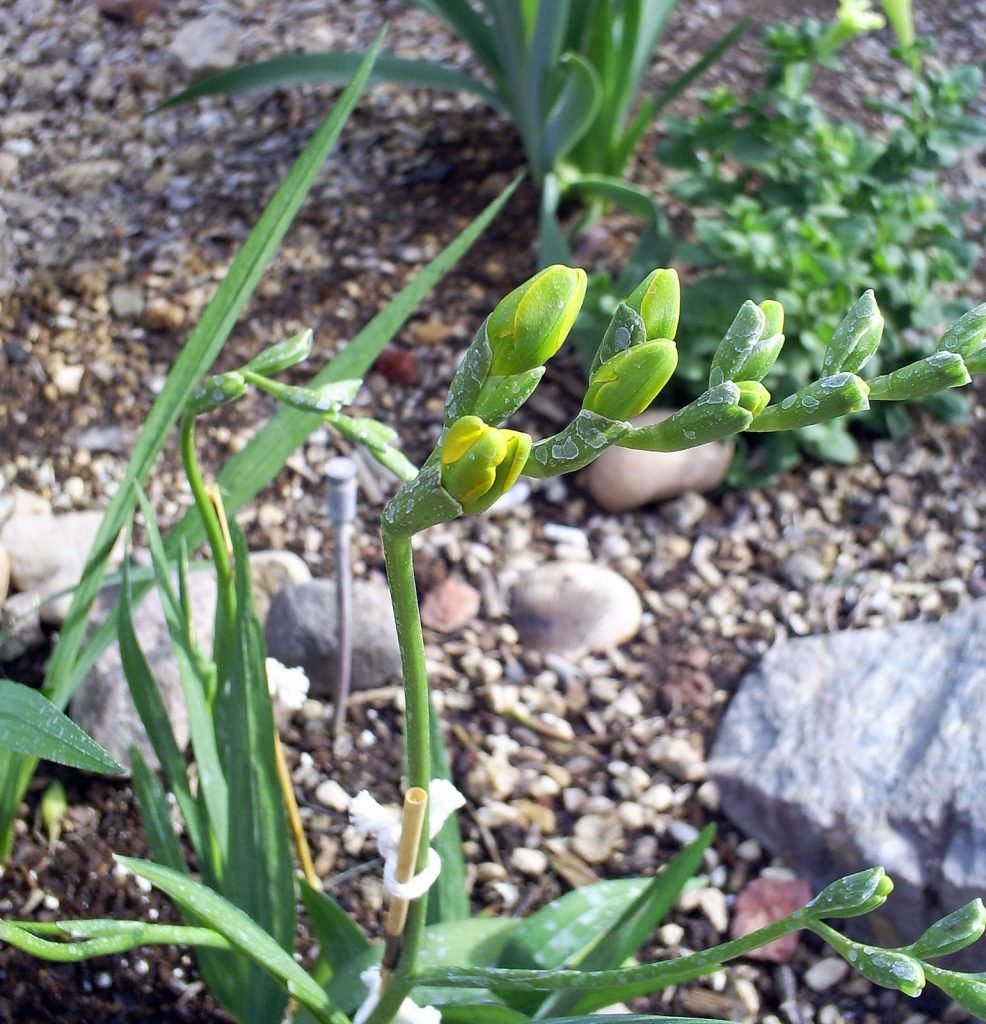
4. Fertiliser
After the first few buds are seen, make sure to fertilise them. Make sure to apply high-potassium fertilisers such as Phostrogen. You can apply this once or twice a week. After they grow around 15 cm, you can apply liquid fertiliser every two weeks.
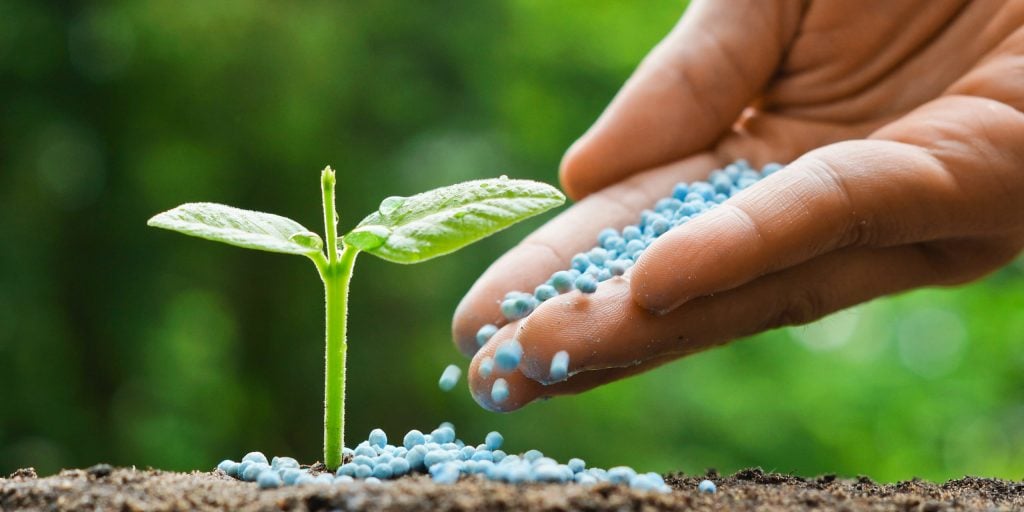
Pruning refers to trimming the stems or branches after they have wilted. Deadheading refers to removing dead flowers. This will ensure that the plant doesn’t spend resources on seed production and focuses on producing blooms. You need to wait at least six months after they have bloomed to start pruning them. You need to prune them only after the leaves turn yellow or brown. Till this time, the bulbs need to be watered regularly.
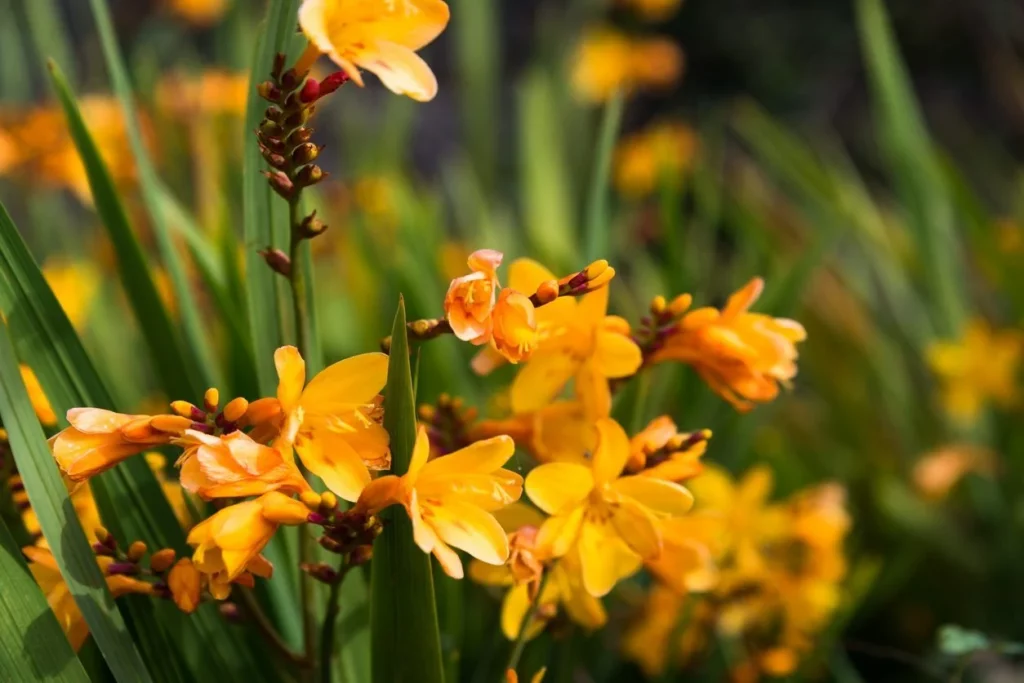
6. Overwintering
This refers to how the plants adapt to the winter conditions, especially if the temperatures are extremely cold. Some plants require external help to grow well, and Freesias are one such species. After the blooming season is complete, you can dig up the corms and keep them in a warm place. They need to be separated from each other, and you can replant them after the harsh winter period, such as frosting time, is over. You can also just cut the stems for about 2 and a half cm and let the corms dry. You can do this if you are in colder regions of the UK. If you stay in warmer regions, you can mulch them to prevent moisture loss.
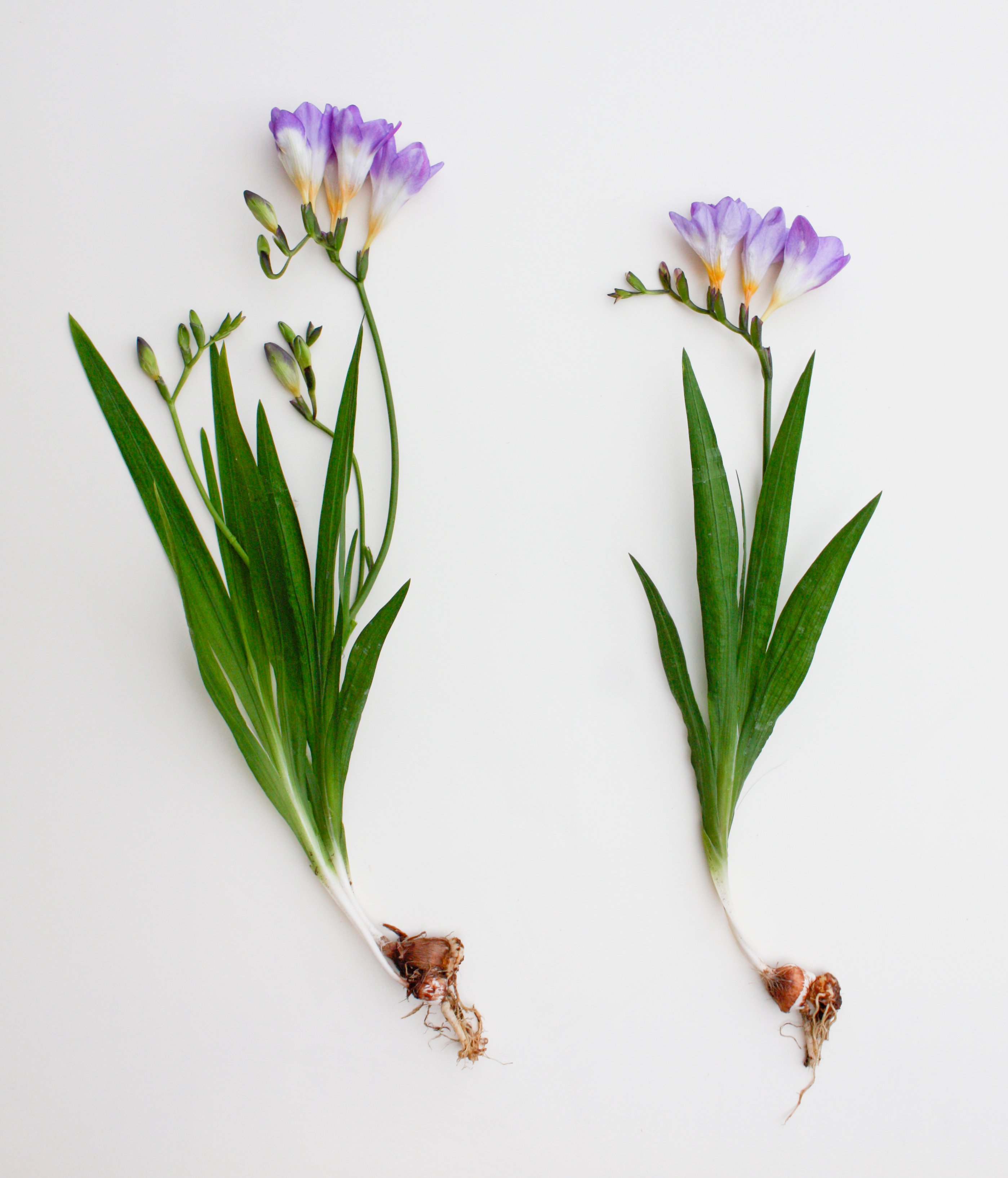
Step 3: Choosing a Variety
Since there are several cultivars, choosing one variety you like is important. The unique ones which are also grown commonly are given so that you can make a good choice.
1. Freesia
This variety majorly produces yellow flowers which are trumpet or funnel-shaped. However, these flowers may also have pastel colours. Most varieties come in golden, yellow, and yellow shades.
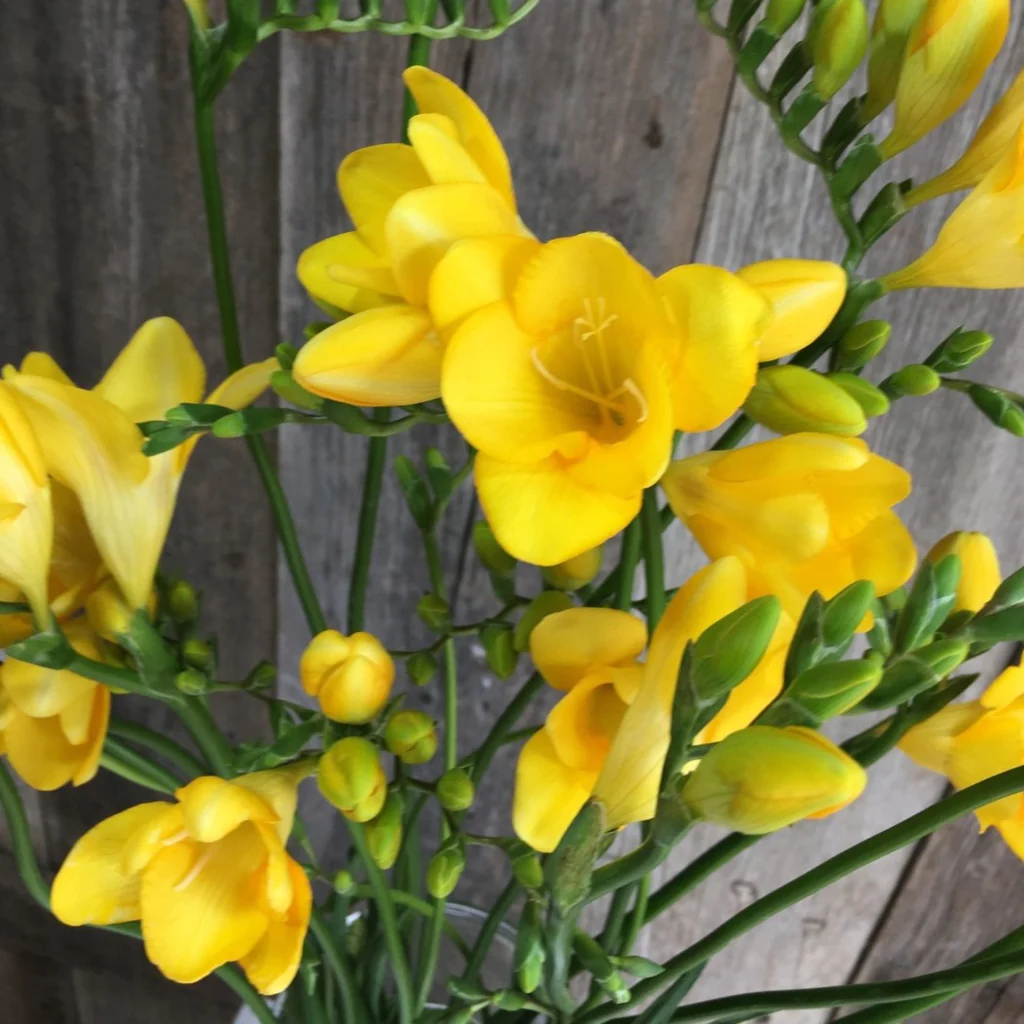
2. F. alba
Here the flowers are a bright white shade with yellow centres. One unique characteristic of this variety is that it is widely known for its fragrance. This was also one of the first species to be brought to Europe.
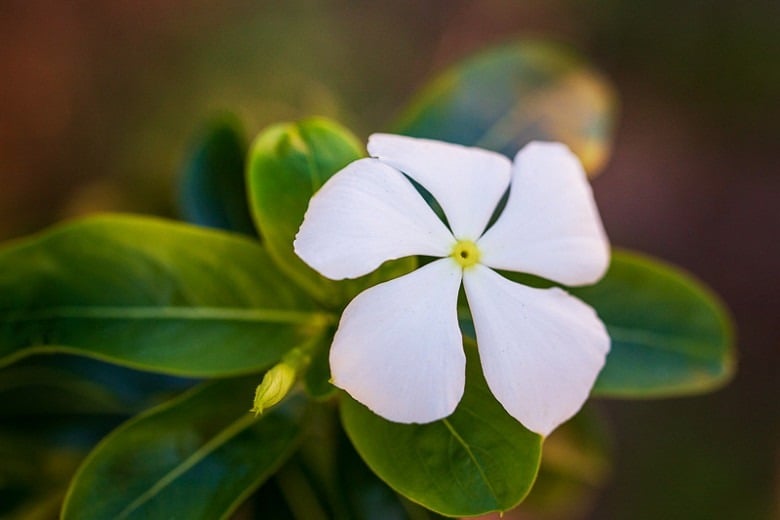
3. F. laxa
This variety is native to Kenya, and it differs from the other varieties in terms of the flower and foliage. The leaves are of a deep shade of green. The petals are exquisite because three of the five may be shades of salmon or pink, whereas the other two have a darker shade! This variety also received the Royal Horticultural Society Award of garden merit.
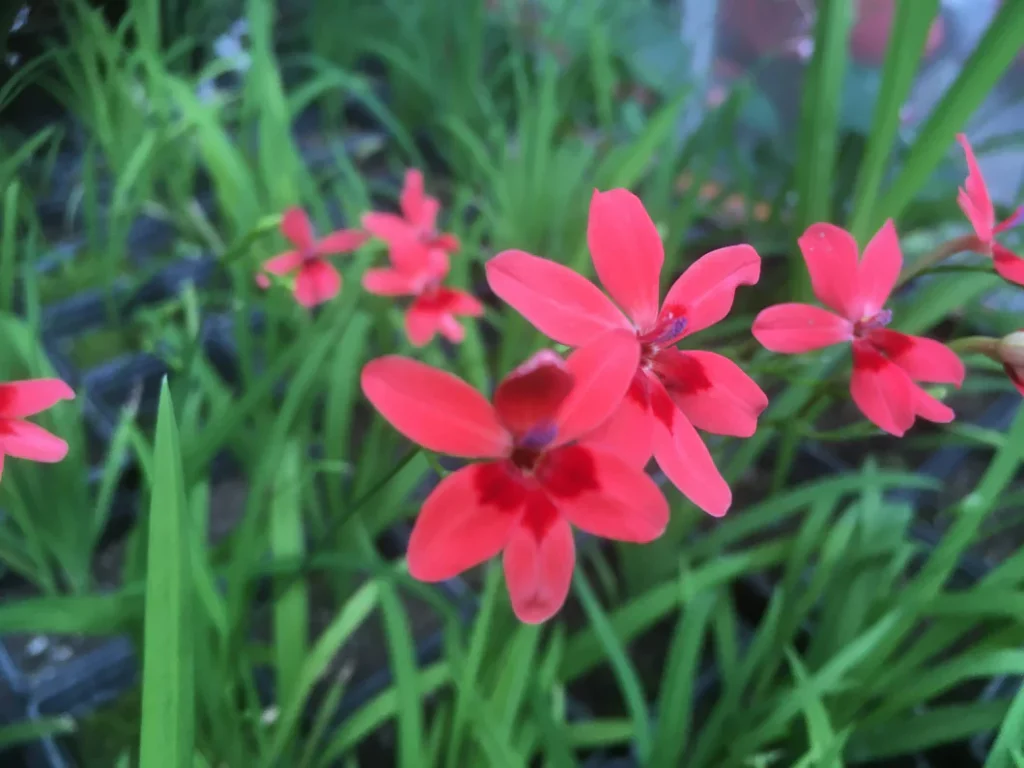
4. Tritonia crocata
The flowers may be smaller, but they come in a captivating shade of orange, and they have tints of yellow, also. This variety’s flowers are often called flame freesias due to their appearance. This variety has also received the RHS Award of Garden Merit.
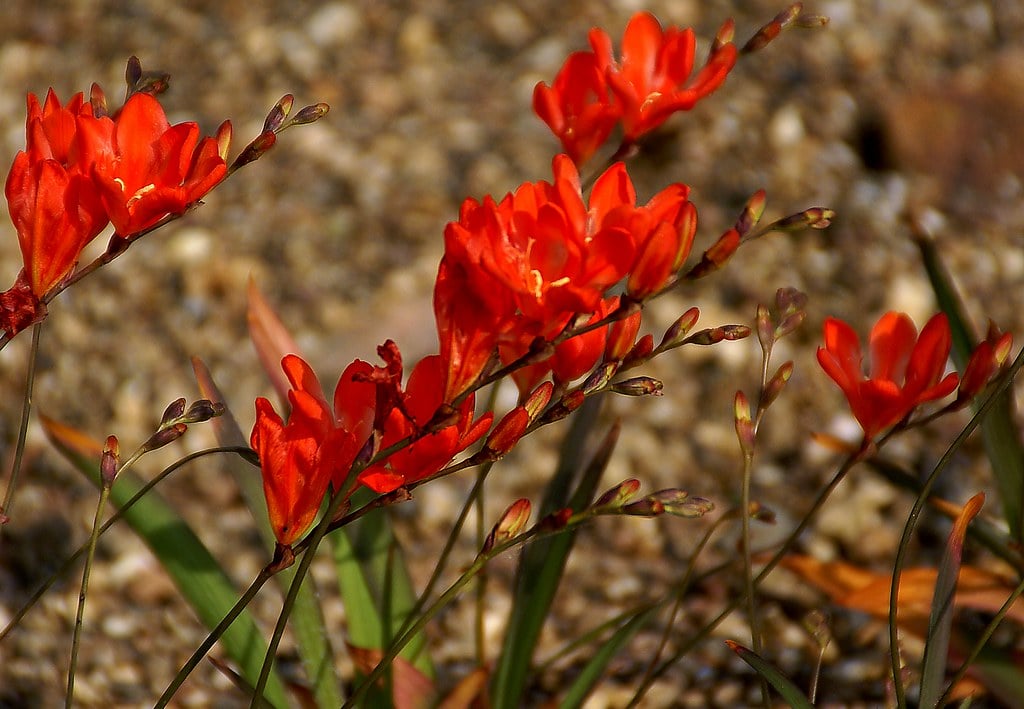
5. F. ‘Oberon’
This variety is unique because of its bicoloured petals. The petals come in a bright shade of orange with yellow inner edges. There may be lines on the petals which are also of similar shades. The ratio of the colours might vary from plant to plant as, for some, the yellow shade will be prominent with thinner orange edges.
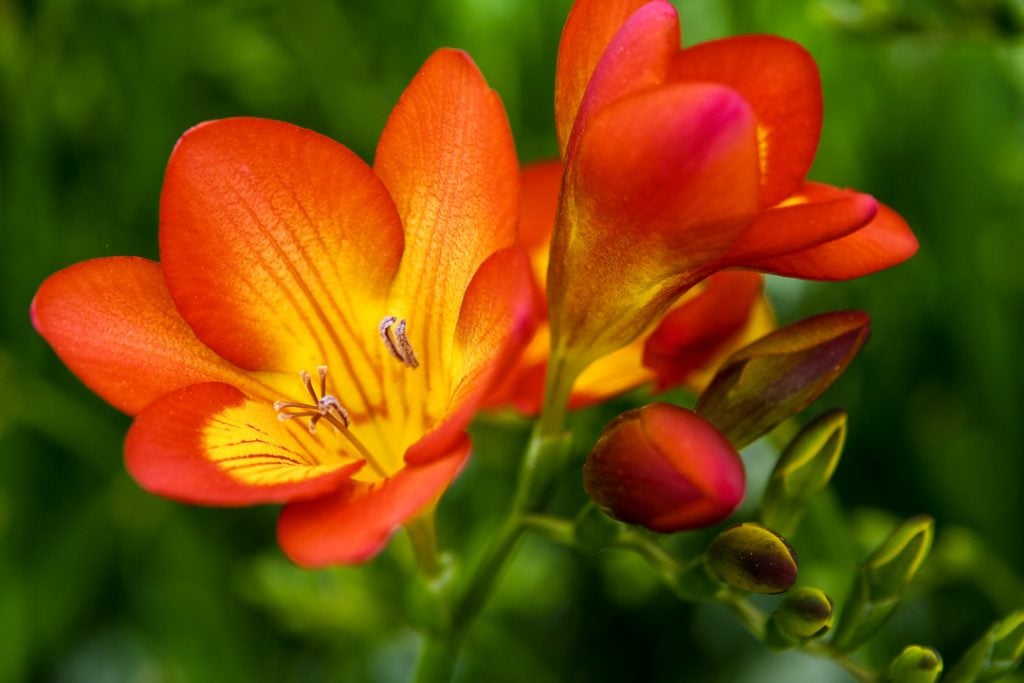
6. F. ‘Red River’
This is also a bi-coloured variety with yellow inner edges, but the outer edges are a bright shade of red. It produces funnel-shaped varieties.
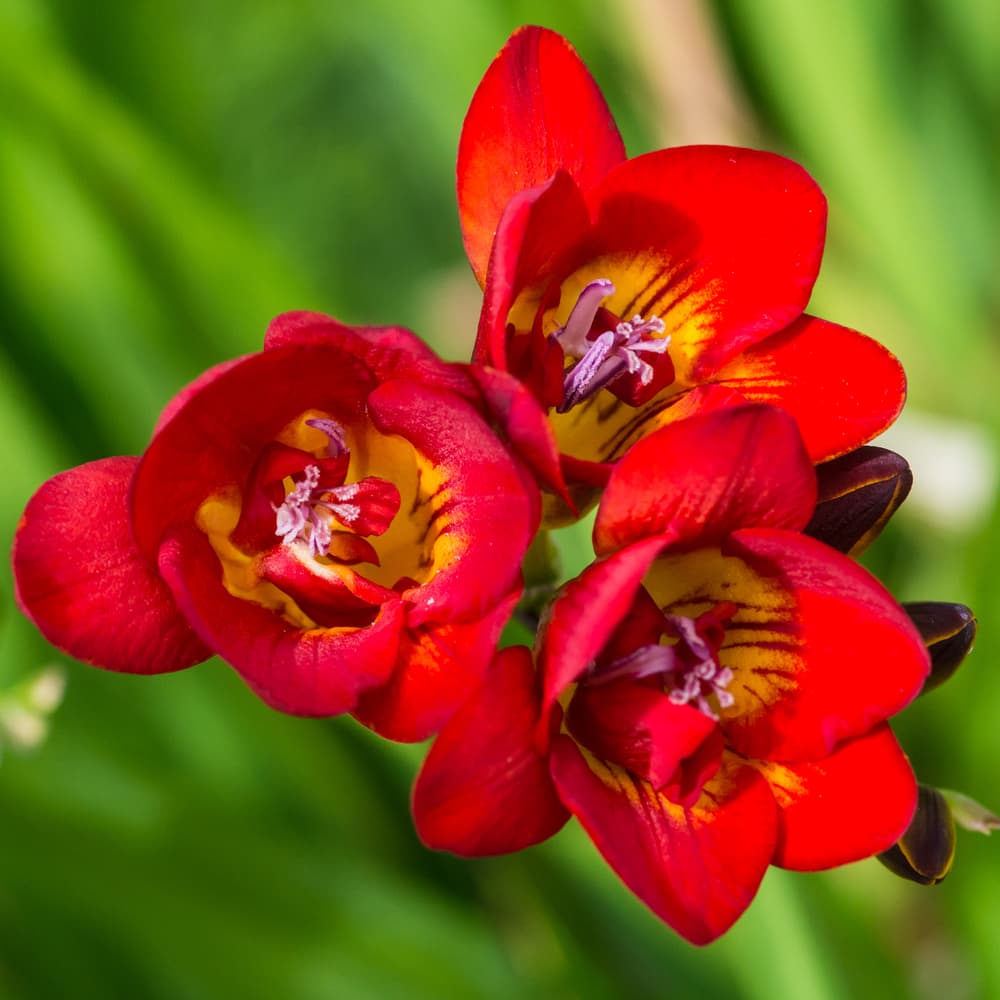
7. F. stricta
The flowers are unique in their colours. They come in lavender or a darker pastel blue shade with tints of blue that are darker in the middle.
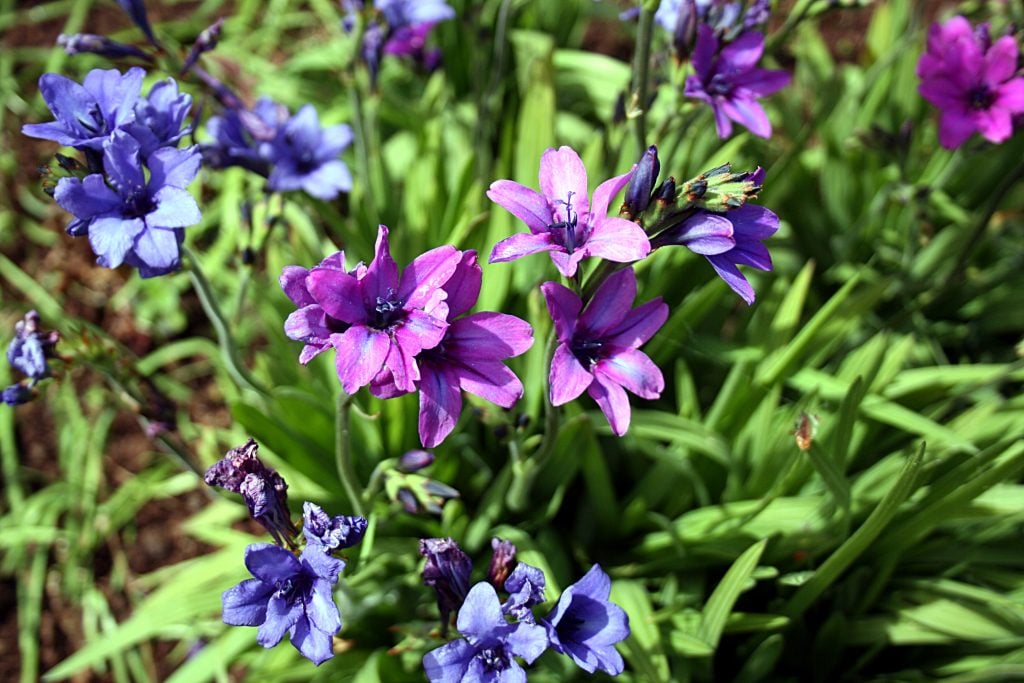
Step 4: Take Care of These Potential Problems
1. Heat
Warm temperatures above 15 degrees Celsius can result in less than ideal growth, reduction in the size of the blooming season or can cause deformities in the flowers. So make sure that the temperature requirements for Freesias are met.
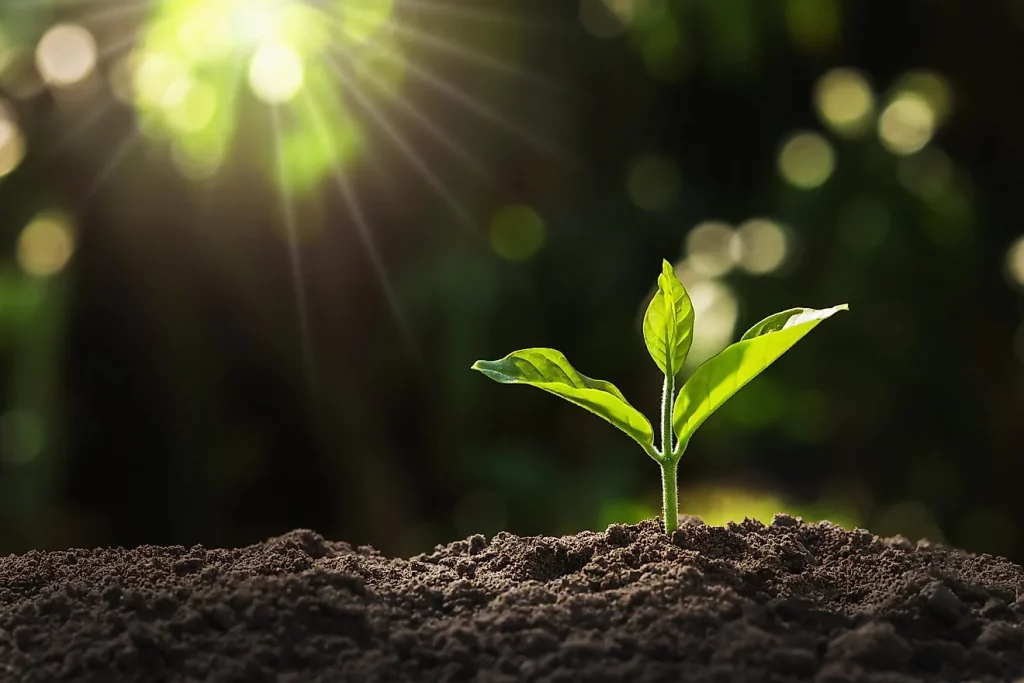
2. Pests and Other Small Creatures
These plants are susceptible to a number of pests, such as aphids which will feed on the leaves and stem, and glasshouse red spider mites might affect the leaves. In addition, slugs and snails are often seen eating away the foliage and small creatures like mice and voles like the corms of these plants, so they might eat them. They are also susceptible to grey moulds, fungal conditions and other plant viruses. You can use fungicides when it is appropriate. For aphids, you can use insecticides in the form of soap and wipe these off the foliage. Unfortunately, snails and slugs need to be removed by hand, but you can always use bait to catch them. Overall different parts of the plants are beloved foods for these creatures, so make sure to protect your Freesias!
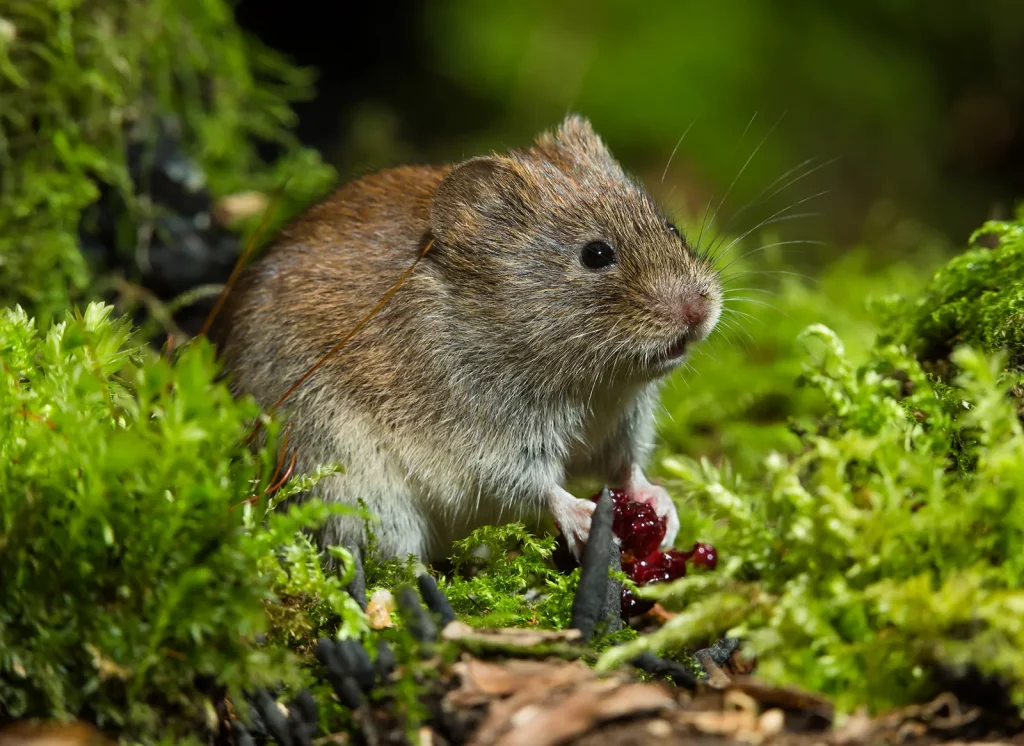
Yellow Leaves
You need to check for Fusarium wilt if the leaves become yellow before autumn. If this condition is present, you need to destroy the plants. However, it may simply be aphids causing this, so check for this.
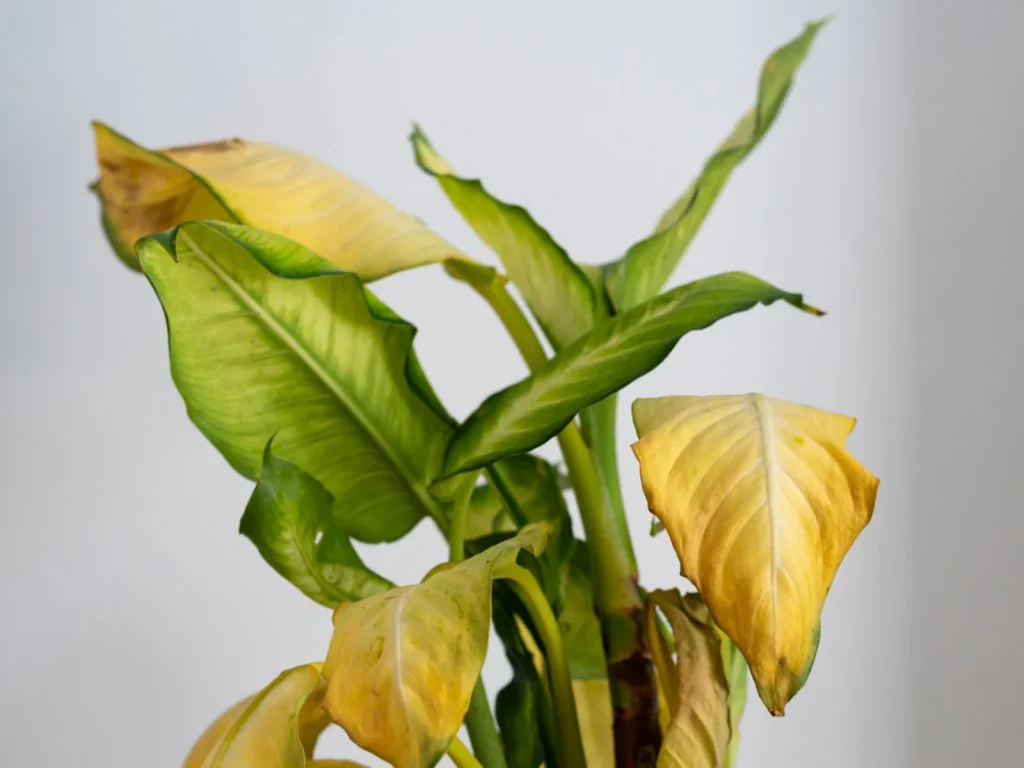
Lesions
These can be small yellow or green lesions and indicate the presence of an iris leaf spot. This can occur due to waterlogged soil, and you need to remove the plants with these spots so that the other healthy plants don’t get infected.
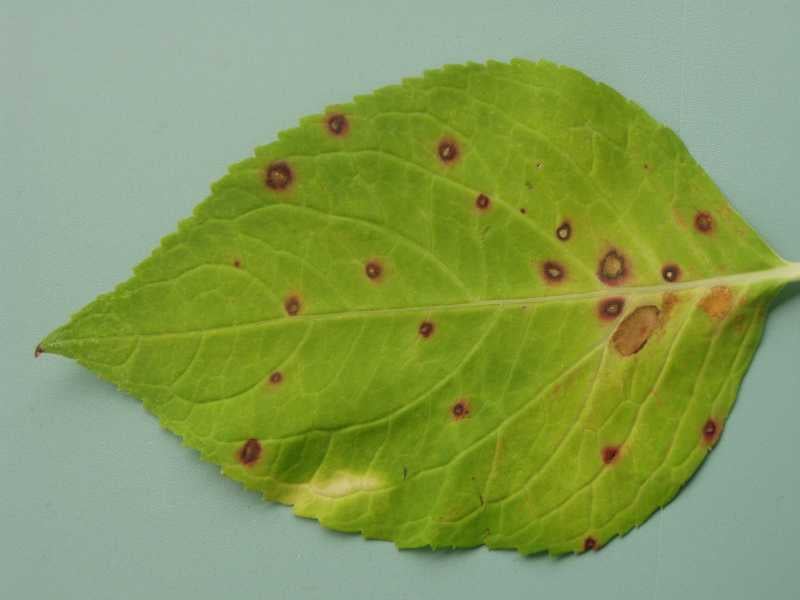
Dark Spots
This could be due to a bacterial condition, and it can occur on the leaves, flowers or stem. If it is a small spot, you can remove that part alone and start watering a bit less for a while. But since this condition spreads, if it has affected the whole plant, you need to remove it.
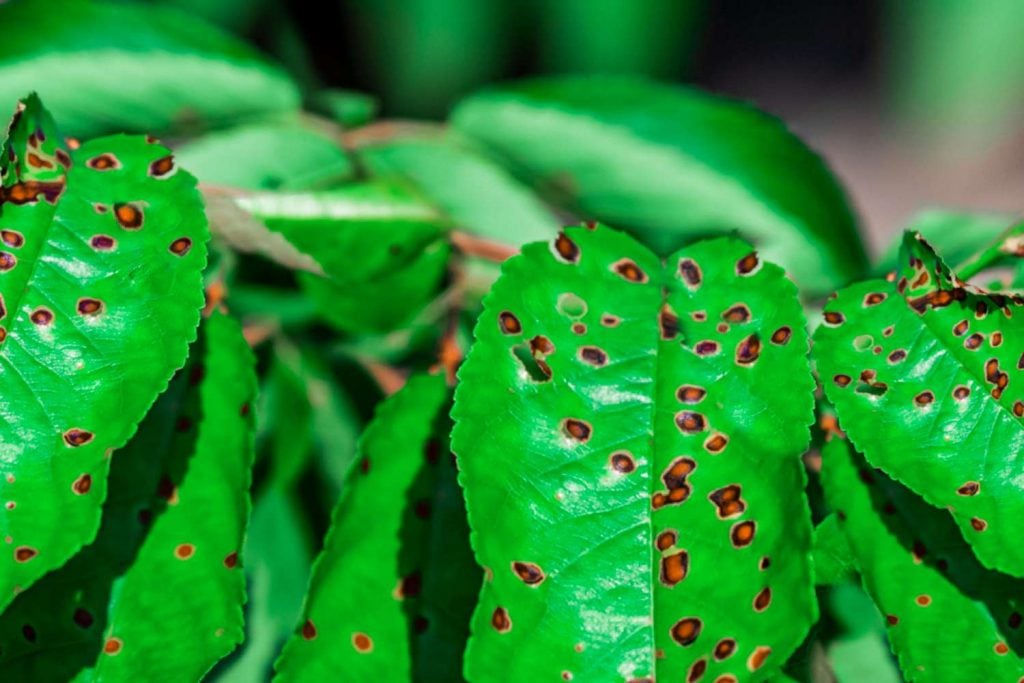
Summing It Up
All in all, freesias are perennial plants which grow from corms (blubs), and they are often used in wedding decorations and bouquets due to their fragrance. Since these plants produce flowers of different colours, if you plan and coordinate the colours before you plant them, it will give you striking results. These plants prefer cold temperatures and moist soil. They can be grown from treated or untreated corms. These plants need to be grown in tall containers and well-draining soil. You can fertilise them regularly for better growth. Once they reach a point where they can’t stand upright, you need to support them using stakes.
These plants need to be pruned and deadheaded after the blooming season. Since they are prone to some diseases and pests, they need some extra care for the best growth. These are easy-to-grow plants, but they are a little specific about their temperature requirements.
But if that is settled, then they will grow peacefully!
Frequently Asked Questions
Are Freesias Easy to Grow?
Yes, absolutely. They are flowering plants that don’t require a lot of care. However, these little plants are specific about the climatic conditions in which they will grow. They prefer colder climates and will grow best there. Otherwise, they need partial sun exposure, pruning and deadheading once a year and staking for some support to stand upright. Once they bloom, they are going to look magnificent, so these little efforts will be appreciated!
Do Freesias Need to Be Staked?
Yes, since they have slender and thin stems. They can be staked using bamboo sticks or wires that are placed next to the corm as they are planted. You can loosely tie them to the bamboo or the wire. The flowers can be staked if you wish by tying them up, or you can also let them be. They may not be able to stand upright on their own, so a little help is appreciated.
Are Freesias Affected by Pests and Diseases?
Yes, they may be affected by a number of creatures, such as aphids, slugs, snails, mice and voles. You can prevent them from further damaging the plant by using fungicides or insecticides. For the small creatures, you can use bait to catch them. These plants may also be affected by conditions such as Fusarium wilt, yellow leaves, dark spots and lesions. You can either remove the plant or take other measures to reduce it.

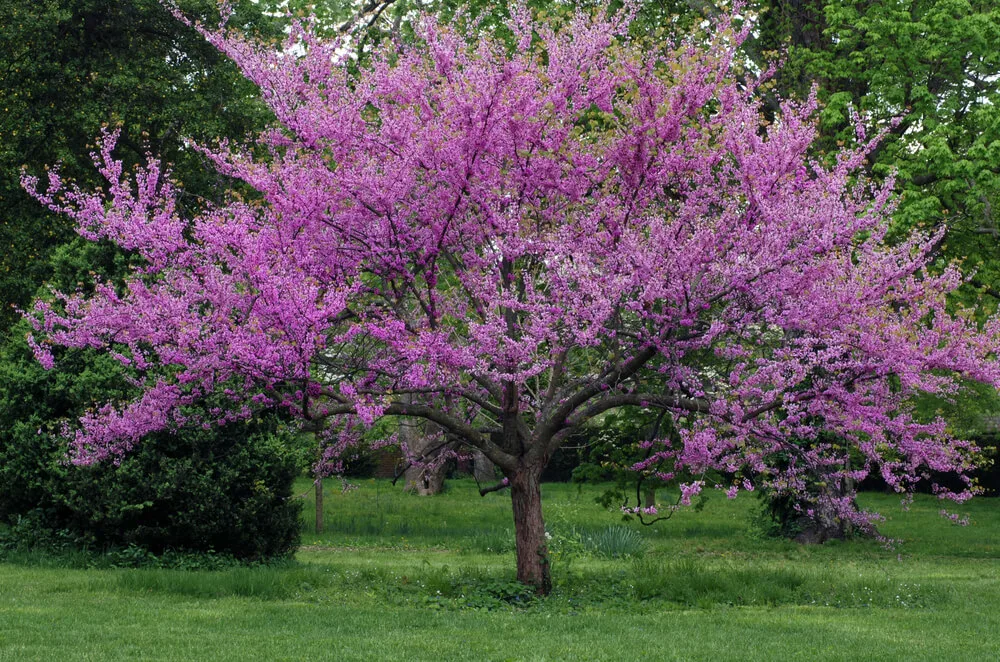
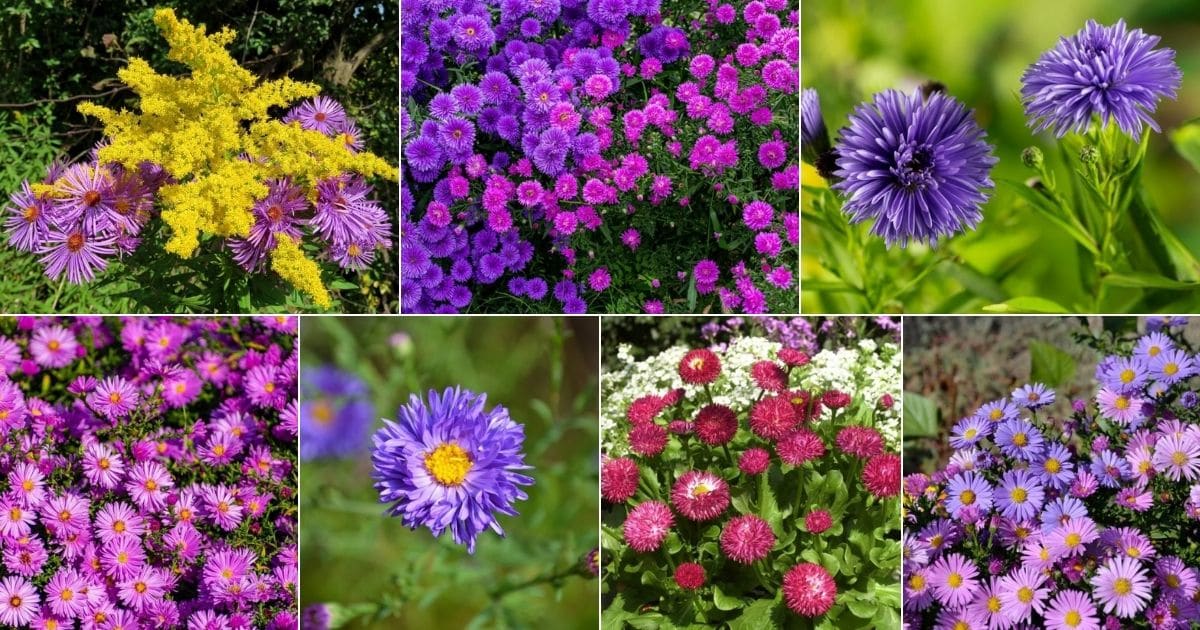
![How to Grow and Prune Lavender [Winter Care Tips]](https://staging.thearches.co.uk/wp-content/uploads/Lavender-Winter-Care-Guidelines.jpg)
